Adhesives and sealants are critical tools for building projects and on the job site. As builders look for better sealant and adhesive solutions for their remodeling and construction projects, several new industry product trends are emerging. Here are some tips and trends for professional contractors and remodelers to improve productivity (and their bottom line) on the job site.
Polyurethane Foam Adhesives
The use of polyurethane foam adhesives continues to see steady growth in a variety of building and construction applications, including subfloor installation. Significantly higher yields, faster application and superior bond strength are all contributing to a more efficient (and profitable) subfloor installation project for our customers. The unique collapsing foam formula provides significant polyurethane bond strength and when applied with a foam gun, the product can easily be reused on the next install.
When making the product selection, contractors should look for polyurethane foam adhesives that offer superior adhesion strength and strong warranties. Select a product that bonds all types of wood, plywood, OSB and moisture-resistant OSB panels and bonds to wet, frozen and treated lumber.
Throughout the pandemic, traditional construction adhesives have been hard to find and supply struggles are likely to continue. More and more contractors are adopting polyurethane foam adhesives and we are starting to see this technology used in other job site applications, including drywall installation, landscaping and other general purpose projects.
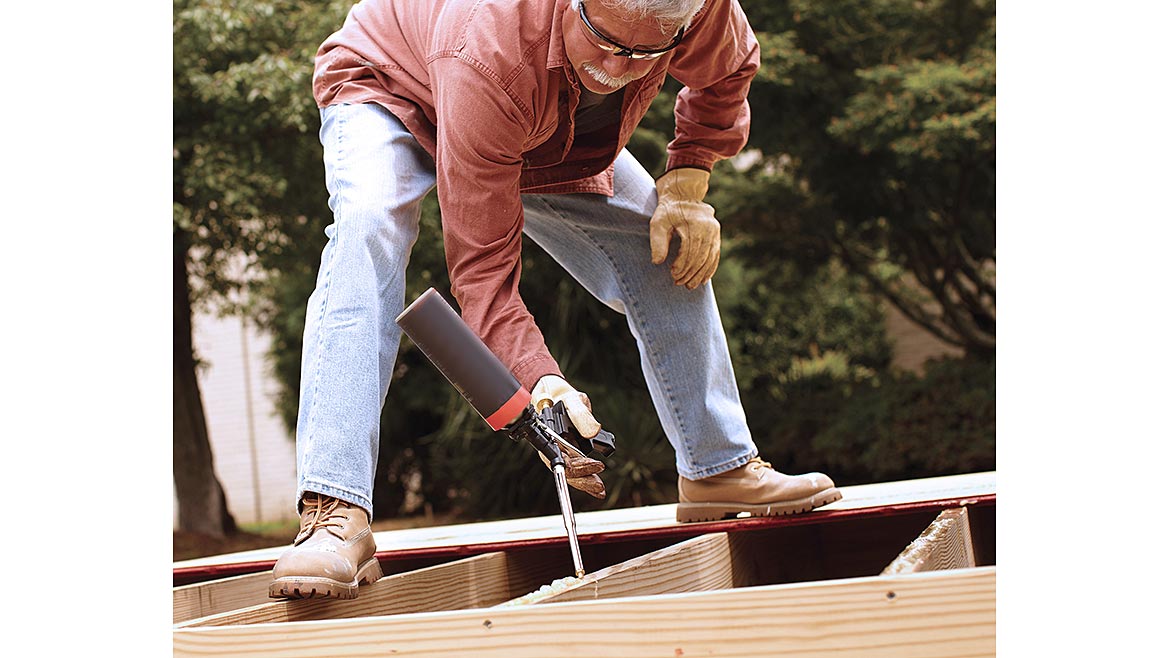
SmartBond is a high-strength polyurethane foam adhesive that is faster and easier to use than traditional cartridge adhesives.
Water-repelling, Water-based Sealants?
Water-based technology is getting more and more advanced as contractors demand sealants with superior performance matched with ease of use, painting ability and VOC requirements.
As technology advancements in sealants increase, users can get higher performance characteristics in easy to use, water-based latex formulas, which include features such as the ability to repel water, dirt and stains so the sealant is easier to clean. Some of the latest technologies include sealants that are both water- and rain-ready in only one hour. This technology ensures that the sealant works quickly after application.
Superior polymers create sealants that allow water to “bead” up on the surface of the sealant and won’t allow water to settle. This feature provides a 100-percent waterproof seal that helps prevent the growth of mold, mildew, algae and stains.
Some exterior sealants, for example, feature technology for long-lasting, all-weather protection. Ideal for sealing windows and doors, this premium latex sealant provides exceptional UV, mold, mildew and algae resistance, as well as a durable, 100-percent waterproof seal that stands up to the elements. It stays permanently flexible to endure expansion and contraction caused by sun, heat, cold, wind and rain.
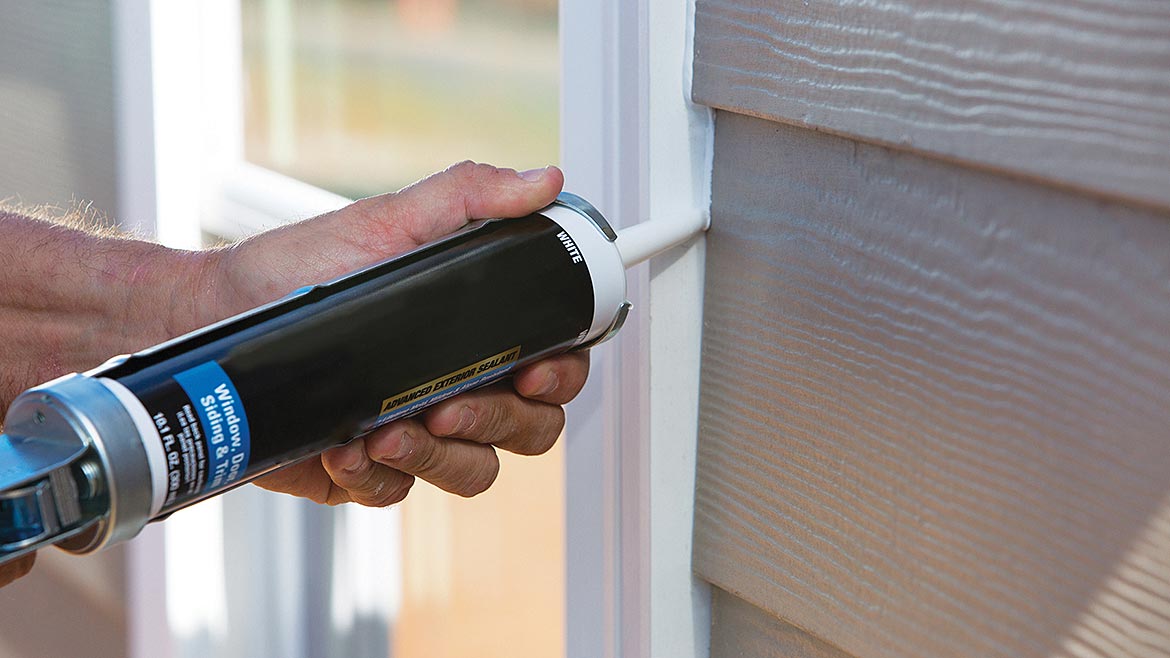
Exterior sealant features innovative technology for long-lasting, all-weather protection.
Some products, such as an advanced interior sealant specifically developed for kitchen and bath applications and formulated with innovative ultra-hydrophobic technology, repels water, dirt and stains. The product offers a lifetime mold and mildew resistance guarantee, so the sealant stays looking clean, fresh and new.
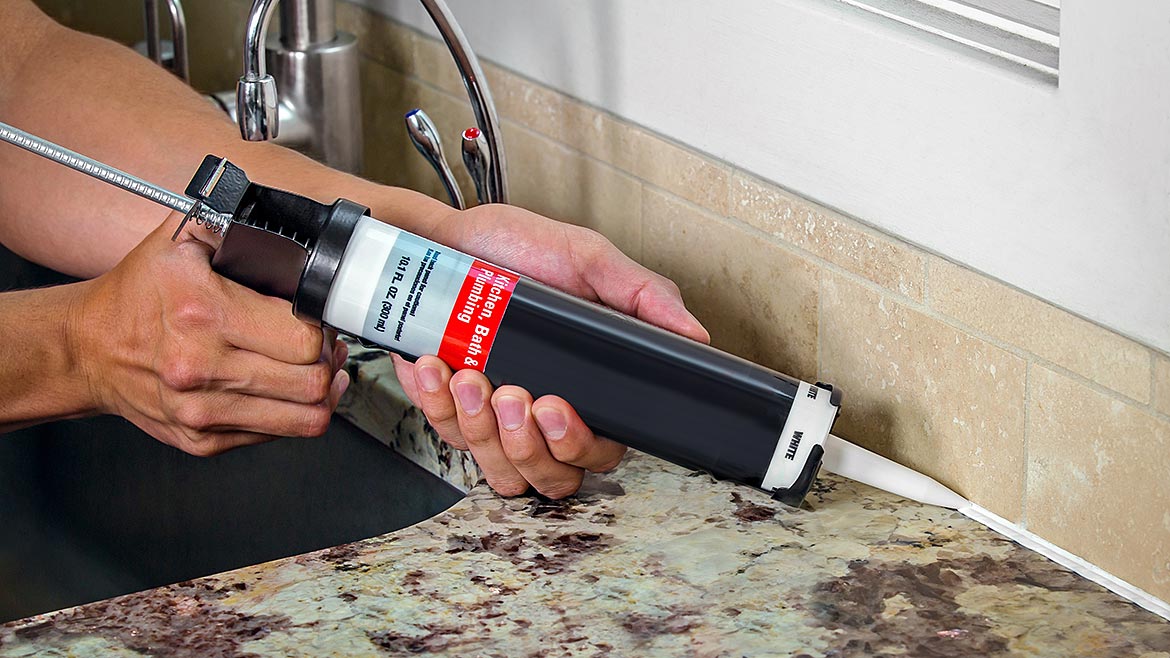
Some sealants are an advanced interior sealant specifically developed for kitchen and bath applications.
“Hybrid” Sealants and Adhesives
Silicone and polyurethane adhesives and sealants have been on the market for years, but as pros know, these products can have limitations. Hybrid technology has been developed to fill these performance gaps.
Typically, “hybrids” today are a sealant or adhesive that takes elements from both silicones and polyurethanes to create an exceptional performing sealant that accepts paint and offers excellent durability, adhesion and overall performance. These products are also referred to as “modified polymers.”
While hybrid technology is prevalent in the sealants market, this technology is also becoming much more prevalent in the adhesives market. The adhesive advancements deliver even faster bonds, which significantly reduces the amount of clamping and bracing needed on even the toughest and heaviest applications.
Lastly, the silicone market has been incredibly tumultuous over the past two years with skyrocketing costs throughout the market. As you look for alternatives to silicone, consider a proven hybrid technology product due to its ability to provide similar durability but having the added benefits of being applied to wet surfaces, are paintable, offer superior adhesion and work in a variety of climates.
Some all-weather window, siding and door sealants outperform silicone in key performance attributes such as wet surface application, painting ability and crystal clear clarity. The product also offers exceptional weatherability, durability and mold and mildew resistance, providing maximum performance for every project. AMP is specially formulated to accept paint like a latex sealant, and unlike traditional silicones, this hybrid technology won’t crack, crawl or produce shiners once painted. AMP saves time by offering ultra-fast 30-minute rain-, water- and paint-ready capabilities, making it perfect for outdoor projects. With the flexibility and durability to hold up to extreme temperatures and ultraviolet rays alike, AMP can be applied in extreme temperatures of 0 to 140 degrees Fahrenheit, and is backed by a lifetime mold and mildew resistance guarantee.
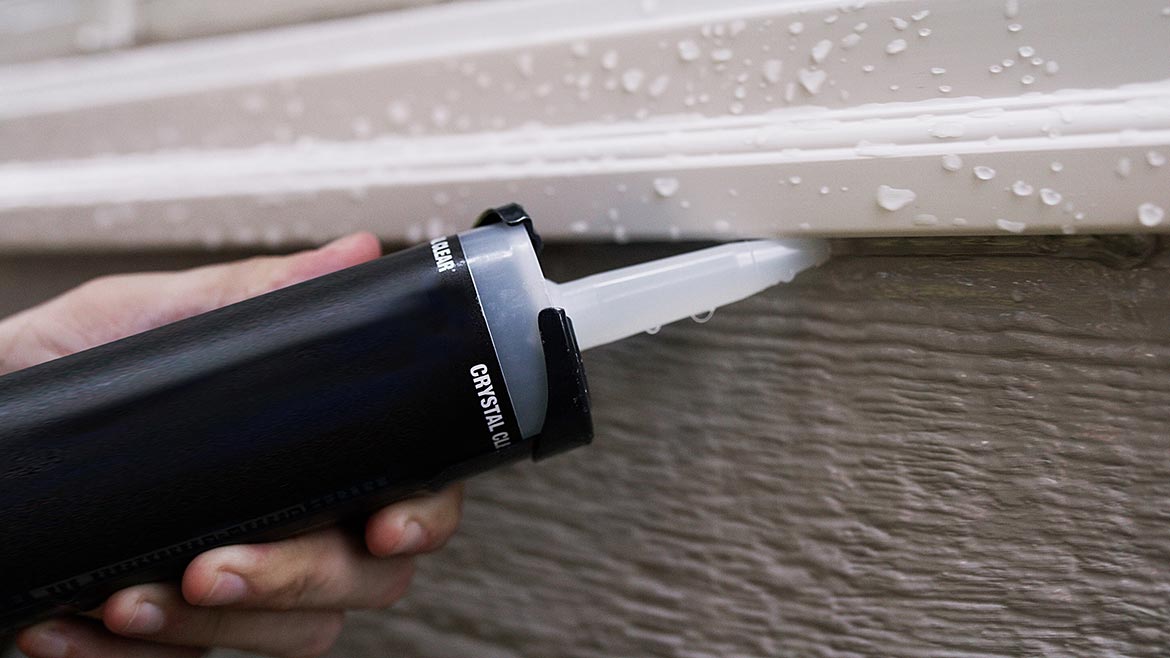
Some silicone performs in key performance attributes such as wet surface application, painting ability and crystal clear clarity, while also offering exceptional weatherability, durability and mold and mildew resistance.
Flexibility Factors
Professionals understand that there are certain applications or environments that require a sealant with higher levels of elongation, or flexibility. A sealant with more flexibility will help to accommodate expansion and contraction of building materials for different factors, including seasonal climate changes or extreme temperatures. A proper sealant will strongly adhere to the surface and stay durable over time without cracking or losing adhesion to the substrate.
Sealant manufacturers test flexibility in many ways, but one way to understand the flexibility rating of a product is to look for the ASTM C920 performance specification on either the label or TDS. Sealants that meet C920 are run through more stringent testing on several different performance characteristics, including flexibility. It’s also important to look at the C920 “class” information, which is a number, usually either 12.5, 25 or 35 for residential construction grade products. When the label says C920 +/- 25, it means the sealant has been tested through multiple cycles of expansion and compression by 25 percent the original gap size. For flexibility, the higher the class number, the more flexible the product. As higher flexibility usually indicates a higher quality and price, it’s important for pros to understand the right amount of flexibility needed for their jobs.
Super-high flexibility sealants can sometimes be heavily loaded with polymer and some of those polymers are prone to flashing or “shining” through paint, creating a gloss or sheen on the finished bead. Not all sealants are created equal, so look for callouts on high flex sealants that callout no flashing or “shining” through paint and/or having superior paint properties. The type of paint you use also matters—typically, the higher the quality of paint, the less interaction.
Consumers Seek Anti-microbial Sealants
The coronavirus pandemic has had a major impact on the increasing adoption and use of antimicrobial products in numerous industries, including in the building and construction sector. As a result, manufacturers of sealants have developed products to meet this demand and we are starting to see more and more antimicrobial sealants with increased potency entering the market. Traditionally, kitchen and bath sealants were the primary focus for antimicrobial technology, but we are also seeing positive acceptance in the window and door market. This is especially the case for exterior sealants that fight and resist unsightly and unhealthy mold, mildew and even algae.
Contractors should look for products that offer guarantees supporting their anti-microbial protection claims. One such product is a premium siliconized adhesive sealant that is formulated with MoldGuard Antimicrobial Product Protection that fights the growth of stain- and odor-causing bacteria, mold and mildew on the sealant. This advanced technology helps neutralize bacterial and fungal growth where it lives and breathes. This means the sealant is easier to keep clean and stays cleaner longer. As noted earlier, some products not only provides exceptional ultraviolet, mold, and mildew resistance, but also offers algae protection.
When it comes to the use of adhesives and sealants in the construction industry, product knowledge and selection can go a long way in ensuring a project is completed quickly and correctly for a long-lasting result, and also eliminating callbacks and boosting your bottom line.


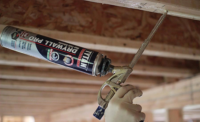


Report Abusive Comment